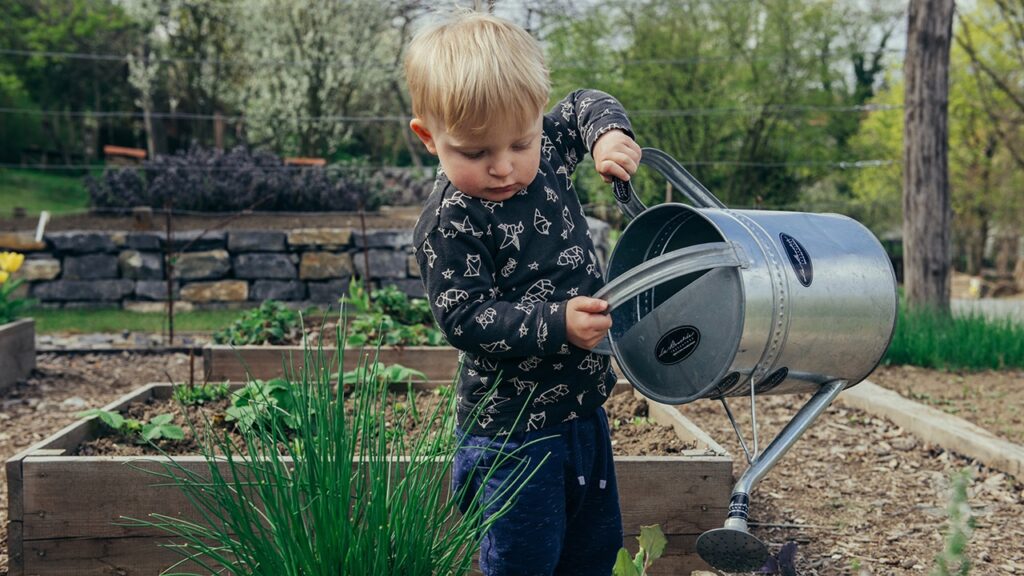
October may be one of the most difficult gardening months in southern CA and the weather between the coast and 15 miles inland can be dramatic.
by John Bagnasco
As the days grow shorter and temperatures drop (supposedly), lessen the frequency of watering plants. Although you may not be watering your garden plants as often, don’t make the mistake of altering the time you leave the water on. However, with cooler temperatures, more days can pass between each watering.
If vegetable plants are no longer bearing, dig them up. The same goes for annuals that are past their prime. Leaving tired plants in the ground will make your garden look unkempt. Pick up fruits or vegetables that have fallen on the ground so wild animals and pests are not attracted to healthy plants.
Now is an ideal time to start a compost heap. Instead of throwing weeds and unwanted plants away add them to the pile. You can also add dry leaves, grass clippings, broken down cardboard, fruit and vegetable peels, coffee grounds, eggshells. The rule of thumb is to build a compost pile with a ratio of 60% dry or brown (carbon-based) material, and 40% green or wet (nitrogen-based) material in alternating layers.
Scatter wildflower seeds this month to ensure that they will sprout and bloom next spring. Direct sow arugula, beets, carrots, lettuce, radishes, and spinach. Stagger the seed sowing of arugula, lettuce and spinach to provide continuous winter harvest. If you have starter plants or seedlings for beans, broccoli, kohlrabi, and peas, October is the time to transplant them into your vegetable garden.
